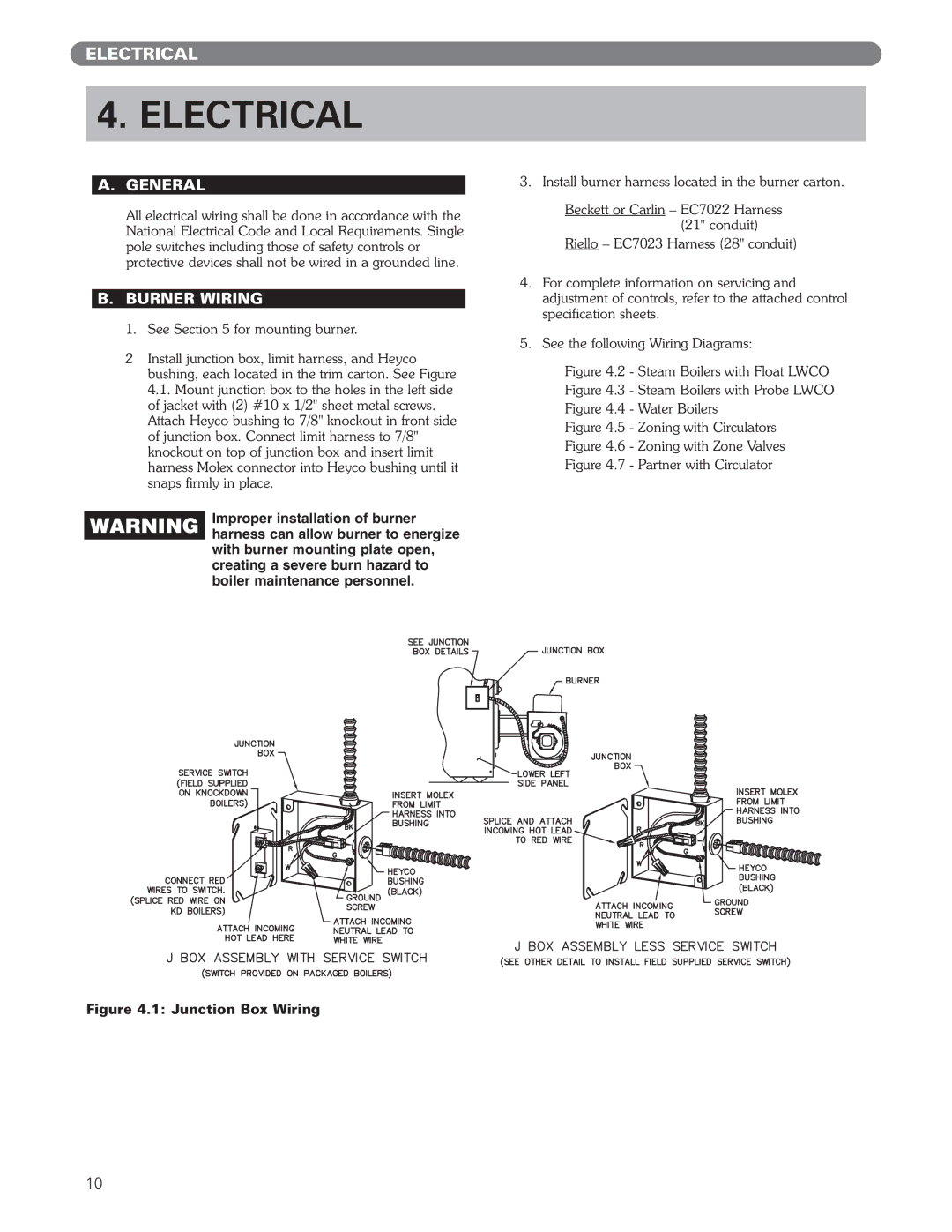ECT Series, EC Series specifications
The PB Heat EC Series and ECT Series represent a significant advancement in residential and commercial heating technology, providing reliable and efficient solutions for a variety of heating applications. These series are designed to meet the needs of homeowners and businesses seeking dependable heating while also prioritizing energy efficiency and comfort.One of the standout features of the EC Series and ECT Series is their advanced engineering, which includes a range of high-efficiency boilers. These units utilize a cast iron heat exchanger that ensures excellent thermal transfer and durability. The cast iron construction is known for its longevity, enabling these boilers to withstand high temperatures and pressures, which is essential for long-term performance and reliability.
In terms of efficiency, both series feature energy-saving technologies that comply with the latest environmental standards. The EC Series, for example, boasts an impressive Annual Fuel Utilization Efficiency (AFUE) rating, indicating that a significant portion of the fuel consumed is converted into usable heat. This results in lower fuel bills and a reduced carbon footprint. The ECT Series further enhances efficiency with features like modulating burners that adjust the heat output based on demand, providing optimal comfort while minimizing energy waste.
Another notable characteristic of these series is their user-friendly controls and digital interfaces. The boilers come equipped with intuitive controls that allow homeowners to easily set and monitor their heating preferences. Many units also support advanced features, including Wi-Fi connectivity, enabling users to manage their heating systems remotely via smartphone applications.
In addition to their efficiency and user-friendly design, the PB Heat EC and ECT Series prioritize safety. These boilers incorporate multiple safety features, such as pressure relief valves and low water cut-off mechanisms, which help prevent operational hazards and ensure safe operation.
Overall, the PB Heat EC Series and ECT Series offer a robust combination of advanced heating technologies, efficiency, and safety. With their durable construction, energy-saving capabilities, and user-friendly controls, these heating solutions are ideal for those looking to invest in reliable and efficient heating systems. Whether for a residential property or a commercial facility, the EC and ECT Series stand out as exceptional choices in the modern heating landscape.

